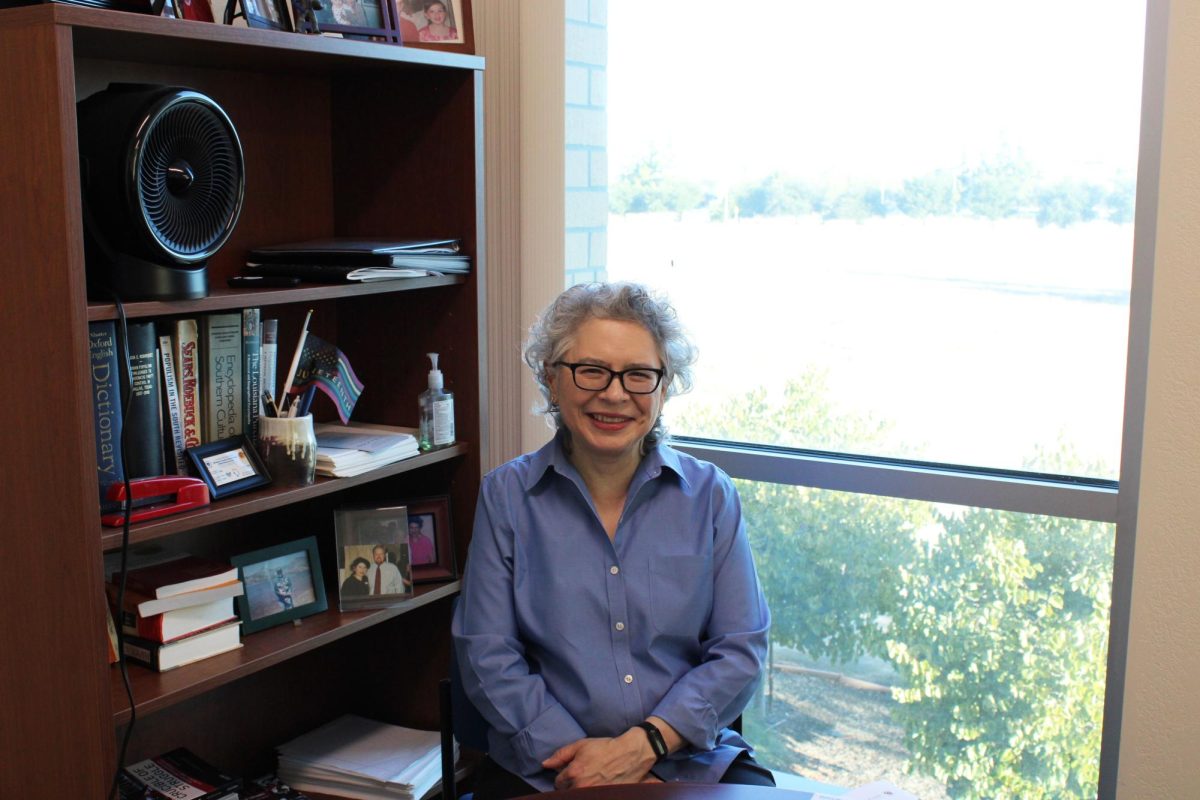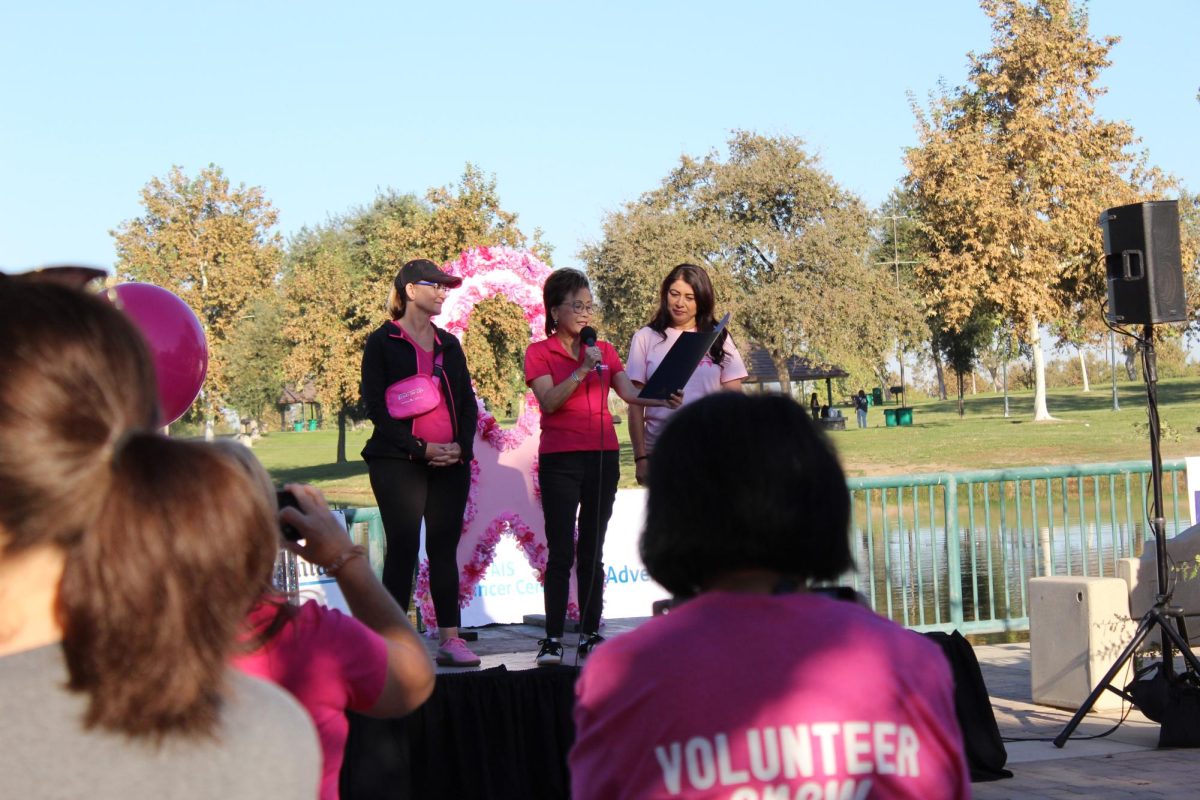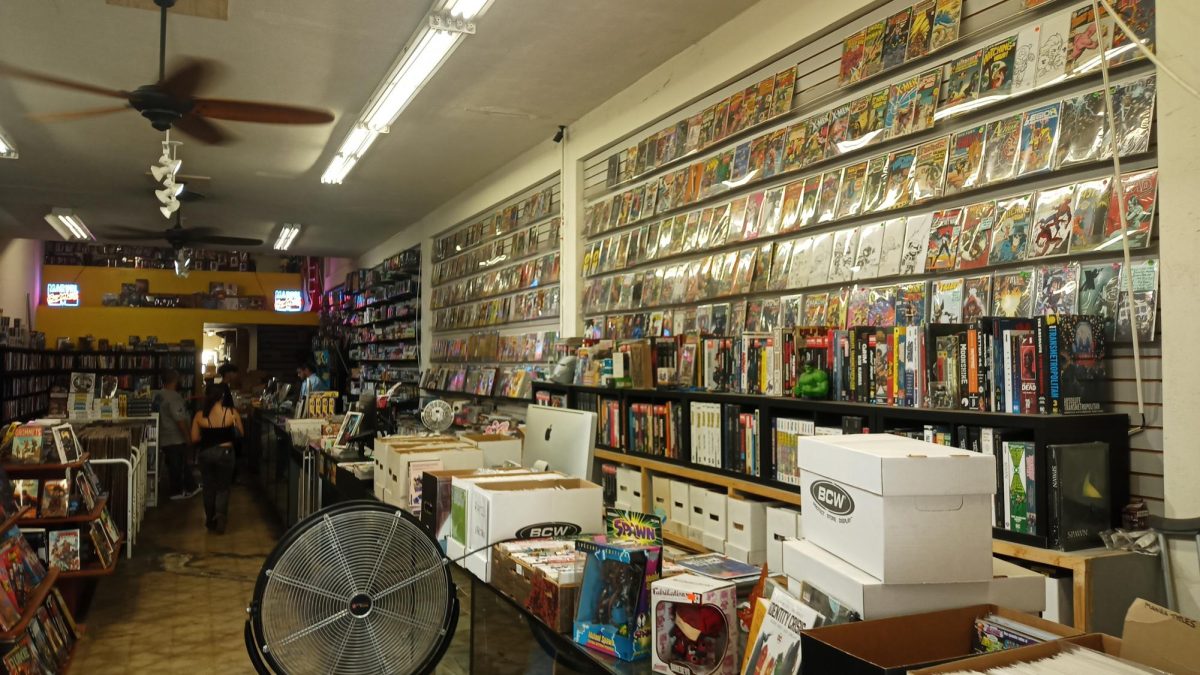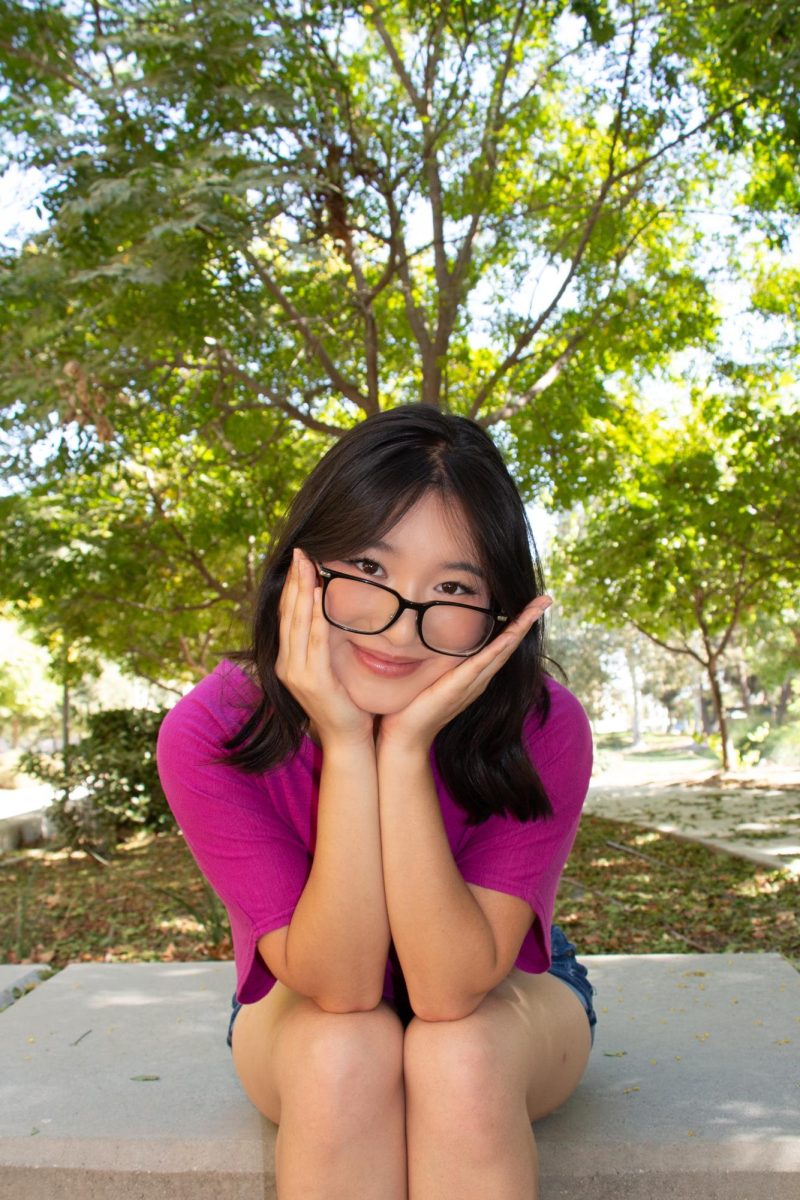Writing Coach
As many graduating seniors are contemplating their next big adventure, CSU Bakersfield art alum Tanya Darapiza offered some advice through her own reflections of her time at CSUB, and how it led to her current position as the office manager for the Arts Council of Kern.
“I didn’t expect to be so involved as I was,” said Darapiza.
Darapiza began her time at CSUB with a strong urge to be a part of something in the art department. During a freshman introduction to the department’s professors, Darapiza went up to the gallery director and offered her assistance.
“That alone, me presenting myself to him and telling him, ‘I want in on what you’re doing,’ helped a lot with opening doors, to talking to a lot of different people that I normally wouldn’t have talked to,” she said.
Darapiza’s proactive attitude is what led to her current position, with a little help from her time at CSUB. When the art department sent an email about a part-time position in the Younger Gallery, she passed instead of looking for something full-time, as most graduates do. When she accompanied a friend who was applying for the position, she found out the space didn’t have a gallery director. She then typed up her experiences from CSUB and offered her services for that position.
“I wrote it out, what my job would be there and I offered myself up as a gallery director, and I met with the owners of the gallery…Betty and Milt Younger, and they really liked me and my ideas and what I could do for them,” she said.
When the Youngers began to reevaluate the future of the gallery, the Arts Council of Kern was in need of an office manager, and the Youngers suggested Darapiza for the position.
“It kind of started with Cal State and then ended to where I was, even in this one job, so having that great connection, with where I feel my roots are, helped me to where I am right now, even after I graduated,” she said.
For current students, Darapiza offered a bit of wisdom from the art world that can be applied to anyone creating a body of work.
“Do what you’re doing on purpose. Even if it looks like a God-awful mess, do that mess on purpose,” she said. “Defend it, and communicate extremely well what you want others to get from it. It doesn’t mean that your work is going to be 100 percent what you want it to be. You’re always going to be working on it and making it better, but if you’re communicating your concept well, then you’ll get 100 percent better feedback.”
Darapiza feels feedback and critiques are important to grow as an artist and as a person, because you build confidence by learning what you’re good at, and where you need to improve.
“Just knowing, in general, of what you’re bad at can help so much, because some people never get to know what they’re bad at,” she said. “…The best of us will be in your face and say, ‘look, I’m going to question what you’re doing,’ and then if you’re ballsy enough, you’ll say, ‘OK, let’s do something about it.’”
One of Darapiza’s favorite critiques came from a performance during a ceramics class. Instead of making a traditional sculpture, she watered down the clay to its runny “slip” form and poured it into empty makeup containers. The performance artist then set up an empty frame in front of her to represent a mirror, with the audience facing her on the other side.
“I’m putting on this slip on my face, and it’s just kind of muddy and then it just gets worse. Then I go for the eyelash, for the mascara, and i can hear some women go “Ugh!” They’re like, ‘Ugh, oh my gosh, don’t do that. It’s too close to your eye!’”
Aside from the entertainment aspect of horrifying an audience, one comment stood out the most.
“At the end of the critique, one girl said, ‘she looked so sad,’” she said.
Darapiza said she wasn’t sad when performing, but sadness was what she wanted to portray in her piece. The comment and piece made her reflect on how sad she was the the time, pressured to look a certain way for beauty’s sake.
“What a critique that meant for me, as an artist,” she said.







